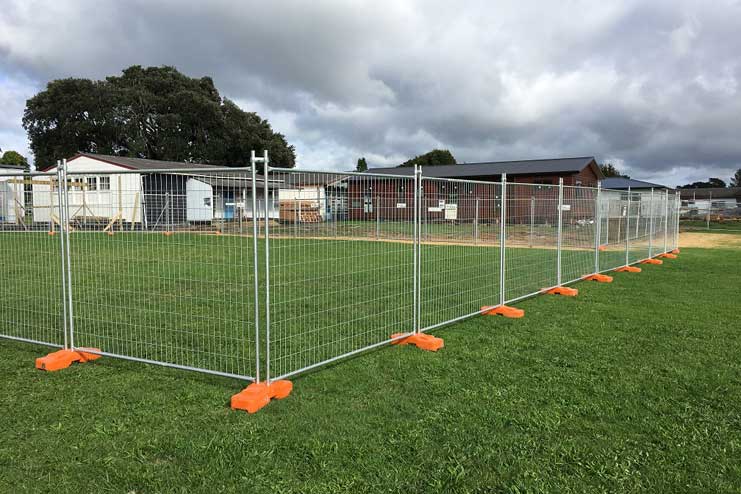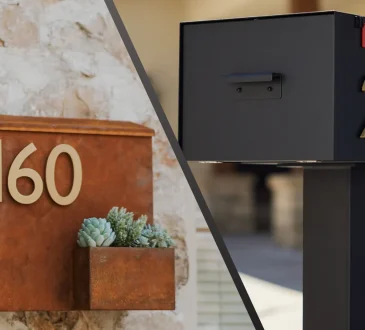
Temporary fencing is a versatile and indispensable solution for various industries. Whether you’re managing an event, overseeing a construction site, or working on an environmental project, temporary fencing ensures safety, security, and compliance. In this guide, we’ll explore the different applications of temporary fencing, its key benefits, and best practices for getting the most out of it.
Applications of Temporary Fencing
Temporary fencing is commonly used in three main industries – events, construction, and environmental projects.
In Events: Safety, Crowd Control, and Privacy
Temporary fencing is essential for ensuring the smooth operation of events, from festivals to sports competitions. Here are some ways it can be used:
- Safety: Fencing helps to create safe zones, preventing attendees from accessing hazardous areas.
- Crowd Control: It aids in managing large crowds by creating designated pathways and entry/exit points, reducing the risk of overcrowding.
- Privacy: Temporary fencing can provide privacy for VIP areas, backstage zones, and other restricted spaces.
In Construction: Security, Safety, and Zoning
Construction sites are rife with potential hazards, making temporary fencing a crucial component. Here’s how it benefits construction managers:
- Security: Fencing deters theft and vandalism by restricting access to valuable equipment and materials.
- Safety: It creates a barrier between the construction site and the public, reducing the risk of accidents.
- Zoning: Temporary fencing helps to delineate different work areas, ensuring that workers know where they should and shouldn’t be.
In Environmental Projects: Habitat Protection and Site Security
Environmental engineers often rely on temporary fencing to protect delicate ecosystems and maintain project integrity. Here are its primary uses:
- Habitat Protection: Fencing can safeguard wildlife habitats from human interference during environmental projects.
- Site Security: It restricts access to sensitive areas, preventing unauthorised individuals from disrupting the project.
For instance, during the restoration of wetland areas, temporary fencing is used extensively to keep the public away from newly planted vegetation, ensuring the success of the project.
Benefits of Temporary Fencing
Temporary fencing offers numerous benefits for various industries. Some of the most significant advantages include:
Versatility and Flexibility
Temporary fencing can be easily adjusted to fit various shapes and sizes, making it suitable for a wide range of applications. Whether you need to enclose a small garden party or a large construction site, temporary fencing can be configured to meet your needs.
Cost-Effectiveness
Compared to permanent fencing solutions, temporary fencing is much more affordable. It allows you to allocate resources efficiently, especially for short-term projects, without compromising on safety and security.
Improved Safety and Security
Temporary fencing provides a robust barrier that enhances the safety and security of any site. It prevents unauthorised access, reduces the risk of accidents, and helps to maintain order in crowded environments.
Minimal Environmental Impact
Unlike permanent fencing, temporary fencing can be installed and removed with minimal environmental disruption. This is particularly important for environmental projects where preserving the natural habitat is crucial.
Best Practices in Temporary Fencing
To get the most out of your temporary fencing, here are some best practices to keep in mind:
Choosing the Right Type of Fencing
Selecting the appropriate type of fencing for your specific needs is essential. Options include mesh panels, chain-link fences, and hoarding panels. Each type has its advantages, so consider the requirements of your project carefully.
Proper Installation Techniques
Ensure that your temporary fencing is installed correctly to maximise its effectiveness. Anchoring the fencing securely and using stabilisers can prevent tipping and maintain structural integrity.
Regular Maintenance and Inspection
Routine checks and maintenance are vital to keep your temporary fencing in optimal condition. Inspect for any signs of wear and tear, and address issues promptly to ensure continued safety and security.
Compliance with Local Regulations
Always adhere to local regulations and guidelines when installing temporary fencing. Compliance not only ensures legal conformity but also enhances the credibility and professionalism of your project.
Conclusion and Call to Action
Temporary fencing is an invaluable asset across various industries, offering versatility, cost-effectiveness, and enhanced safety and security. Whether you’re planning an event, managing a construction site, or working on an environmental project, temporary fencing can meet your needs effectively.
Share your experiences with temporary fencing in the comments below, and if you need professional advice or services, don’t hesitate to reach out to our expert team. Let’s make your next project a safe and successful one!



